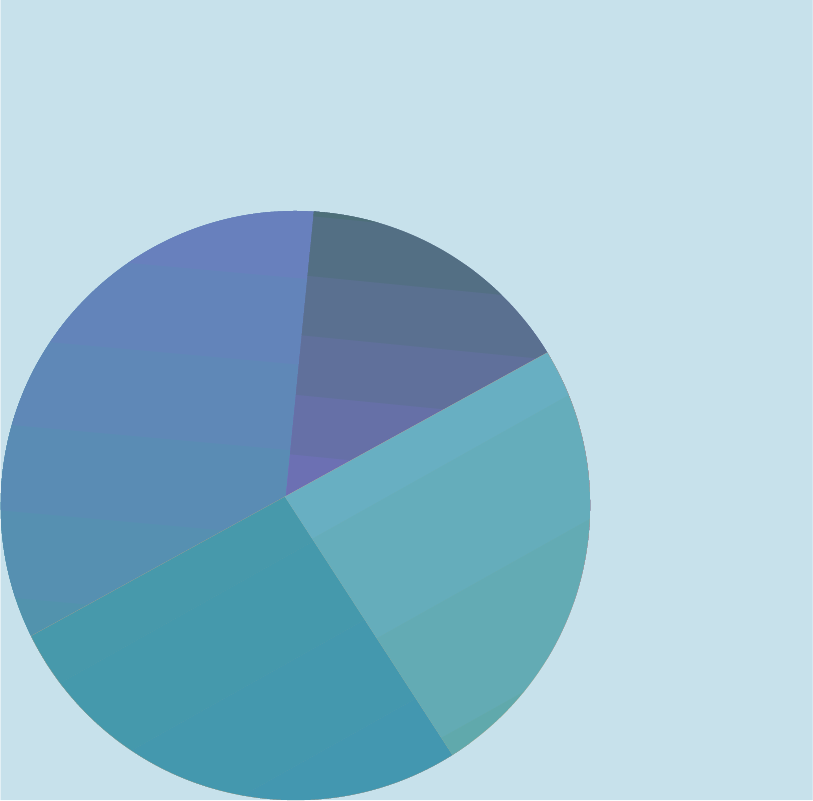On February 28, 2024, the Utah House of Representatives passed Senate Bill 149 for the Artificial Intelligence Policy Act. Once signed by the governor, the bill will take effect May 1, 2024. The bill establishes administrative controls and policy development relating to AI.
What’s included in the Utah AI bill?
In addition to setting up an Office of Artificial Intelligence Policy and the Laboratory Learning Program, the Utah AI bill sets out a few key definitions.
Definitions
The Utah AI bill defines artificial intelligence as “a machine-based system that makes predictions, recommendations, or decisions influencing real or virtual environments.”
It also defines generative AI systems as “an artificial intelligence system that is trained on data, interacts with a person using text, audio, or visual communication, and generates non-scripted outputs similar to outputs created by a human, with limited or no human oversight.”
The Office of Artificial Intelligence Policy
The bill also creates the Office of Artificial Intelligence Policy (the Office), which is responsible for creating and administering an Artificial Intelligence Learning Laboratory Program (the Program), consulting with businesses and other stakeholders in the state about potential regulatory proposals, and managing the temporary mitigation of regulatory impacts for AI systems during testing.
The Artificial Intelligence Learning Laboratory Program
The Office will also make rules establishing the process for participating in the Program, criteria for innovation, required disclosures to customers, and reporting requirements to the Office.
The Program will analyze and research the risks, benefits, impacts, and policy implications of AI technologies to inform the state regulatory framework. It’ll also encourage the development of AI technologies in the state, and evaluate the effectiveness of current, potential, or proposed legislation on AI.
Regulatory mitigation agreements
Anyone who wants to use AI in Utah can apply for a regulatory mitigation, which the Office can then grant temporarily if the participant meets certain criteria laid out in the law. The regulatory mitigation will specify limitations on the scope of the AI system’s use, including the number and types of users, geographic limitations, and safeguards to be implemented.
If approved, participants in this regulatory mitigation scheme can avoid regulatory enforcement while they develop and analyze new AI technologies – a measure that will help enable AI innovation while still ensuring protection for the eventual users of that system.
Disclosure requirements for generative AI
The Utah AI bill also requires that providers of generative AI systems are subject to liability if they don’t properly disclose when a person is interacting with that system. The bill further stipulates that anyone providing services in a regulated occupation – or one that requires a person to get a license or state certification to practice – needs to prominently disclose when a consumer is interacting with a generative AI system.
Where Utah sits in the US landscape
Between the fourteen state AI bills that are currently enacted or in progress, there are certain legislative themes that have emerged, including bills focused on algorithmic discrimination, automated employment decision making, AI bill of rights, and “working group” bills.
Although there is overlap between these categories and where different laws fall in them, the Utah AI bill can be considered a working group bill, or one that focuses on establishing the working groups that will then develop acceptable use policies and guidelines for regulating, developing, and using AI in that state.
Florida, Hawaii, and Massachusetts also have working group AI bills, but Utah’s creation of the Learning Laboratory Program and regulatory mitigation licensing scheme makes it unique in this context.
What the Utah AI bill means for organizations
In the absence of a US federal law for AI regulation, the Utah AI bill is the latest in a growing trend of state-level initiatives that are filling the void and addressing various important aspects of AI governance. As the latest piece in the existing patchwork of AI regulations around the world, the Utah AI bill underscores how important it is for organizations to proactively monitor and engage with AI regulations to leverage AI responsibly.
































